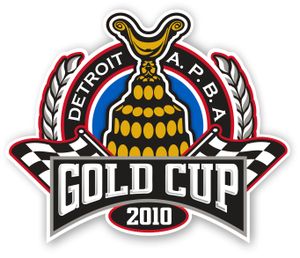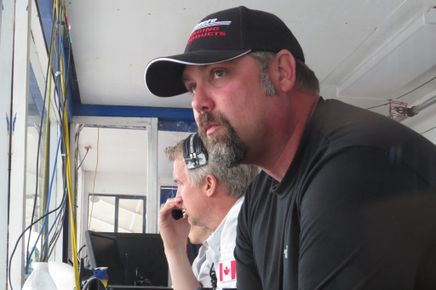Detroit’s Gold Cup Circuit Set For Three Miles
Officials with the Detroit Gold Cup and the H1 Unlimited Hydroplane Series have announced that this year's race course will be a three-mile oval.
Courtesy: H1 Unlimited Hydroplane Series
The decision to lengthen the race course for the 2010 Gold Cup on the Detroit River to 3 miles has fans buzzing and drivers concerned. The move was made to avoid shallow spots in the river which have created a hazard.
U-1 driver Steve David says it will be "exciting" adding, "I understand why they are doing it. They really have to. But I don't think there's any question it will cause some problems and challenges for drivers and crews."
U-16 driver Dave Villwock points out, "Most of the boats in our sport have not been over 200 mph in competition and now they suddenly will be. And they will be going a lot faster into the tightest turn we have anywhere. It will be new to the drivers, boats and crews."
Villwock continued, "There will be a lot more pressure on skid fins and propellers, as well as drivers. You'll go into the big first turn a lot faster, which means you'll come out faster. They you enter the backstretch faster and build up speed toward the Roostertail turn. If you can keep it on the water all the way up the backstretch, you'll go into the tight turn much faster than before."
David confirmed that once the boat reaches it's top speed it has more of a "floating on air" attitude and the driver has less control. He referred to his blow-over in Qatar as a "good example of that which we recently experienced."
David commented on the challenges for crews in boat setup saying, "Ideally, you have a load on the propeller (accelerating) through most of the straightaway. The boat handles much better that way. Gearing and propeller combinations will have to be adjusted to try to keep the prop loaded longer."
David also pointed out that drivers with more experience and skill using the front wing or "canard" that affects the flight of the boat will have an advantage and be less likely to get into trouble.
Both drivers agreed that there have been issues with the shallow spots on the race course. Villwock commented, "You are doing a clock start so you need to use the infield. But in Detroit, a lot of the infileld is too shallow for that."

